Lavender Is the Most Popular Flower in the U.S., Data Shows—Here’s How to Grow It
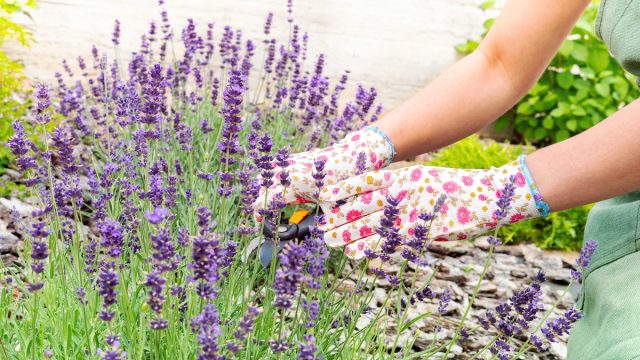
You very well might have a bottle of lavender-scented lotion in your bathroom. Or perhaps you burn a lavender candle to help you relax. It’s no secret that this floral fragrance has a proven calming effect—and perhaps that’s why it’s become the most popular flower to grow across the country.
A new study by horticulture guide Gardening Chores analyzed the number of Google searches for various flower names, combined with the search terms “how to grow [flower name]” and “buy [flower name].” And in 42 states, lavender took the top spot (second place went to the sunflower in seven states).
“Lavender provides many benefits to the area in which it is grown and can thrive both outdoors and indoors with proper care,” explains Amber Noyes, a horticultural expert at Gardening Chores. “From its widely acknowledged pleasant fragrance to its beautiful violet flowers, it provides a welcoming space for pollinators, and acts as an excellent repellant of nuisance garden insects, such as mosquitoes and ticks.”
So, whether you’ve already been searching “how to grow lavender,” or we just piqued your interest, there are some special care instructions you should keep in mind. Read on for six tips from gardening experts for growing lavender.
READ THIS NEXT: 5 Plants That Will Keep Mosquitoes Out of Your Yard, According to Pest Experts.
1
Know which kind of lavender you’re growing.
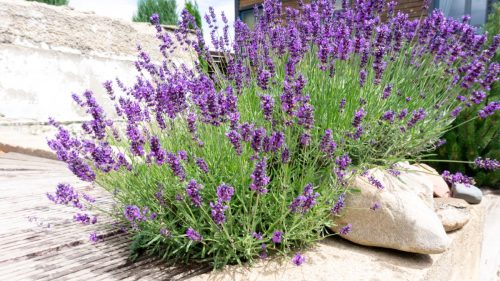
According to Gardening Chores, “Lavender, whose scientific name is Lavandula, is a genus of 47 species of flowering plants with over 450 varieties.” So, before you grab any old plant from your nursery, it’s important to know which variety best suits your needs.
Benita Middleton, head gardener at Benita’s Garden Services, says English lavender (Lavandula angustifolia) and Lavandin (Lavandula x intermedia) are two of the most commonly grown varieties.
If you’re hoping to use some of the flowers to make sachets or other scented home items, English lavender is likely you’re best bet.
“This plant is the source of the true oil of lavender,” explains North Carolina State University’s (NCSU) Gardener Plant Toolbox. “The flowers can be dried and used in potpourri. Cut it back yearly and remove the spent flower spikes after the flowers fade.”
To make essential oil, “dried lavender flowers can be steeped in coconut oil,” says Gardening Chores.
2
Choose a sunny spot.
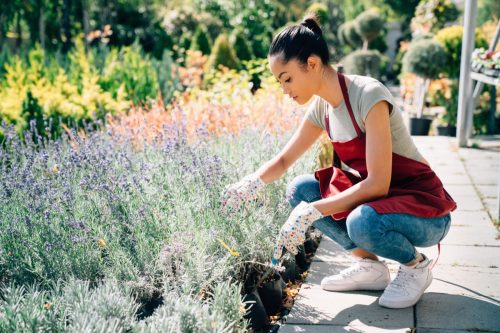
“Lavender thrives in full sun, so it is best to provide it with at least 6-8 hours of direct sunlight each day,” advises Middleton.
“Ensure it’s not getting shade from trees or buildings in the afternoon,” adds Ben McInerney, a certified arborist and the founder of GoTreeQuotes.
If you’re looking to grow lavender indoors, you’ll also want to place your pot in a sunny spot near a window, preferably one that’s south-facing.
READ THIS NEXT: 8 Easy Outdoor Plants That Don’t Need Sunlight.
3
And make sure the soil is well-draining.
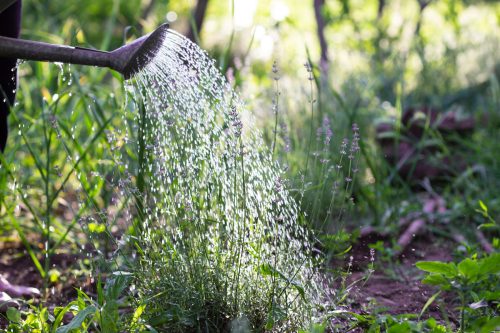
Lavender is a drought-tolerant plant, and therefore, it can be easy to overwater it.
“Overwatering can lead to root rot and other fungal diseases, so it’s important not to keep the soil excessively wet,” says Middleton. You’ll want to let the soil dry out between waterings.
And speaking of which, to ensure your lavender plant doesn’t get waterlogged, it should be planted in well-draining soil.
“If your soil is heavy or clayey, you will need to consider replacing the soil or amending it with organic matter, such as compost, to improve drainage,” recommends McInerney. “If you really want to nerd out, lavender prefers a pH level between 6.5 and 7.5.”
4
Fertilize sparingly.
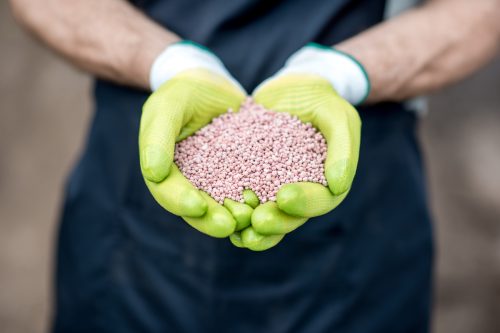
Lavender doesn’t require much fertilization. In fact, overfertilizing can compromise its essential oil production, McInerney notes.
“If your soil is poor or lacking in nutrients, you can apply a balanced organic fertilizer, such as compost or a slow-release granular fertilizer, in early spring,” suggests Middleton. “However, avoid excessive nitrogen as it promotes leafy growth at the expense of flowers.”
For more gardening advice delivered straight to your inbox, sign up for our daily newsletter.
5
Stay on top of pruning.
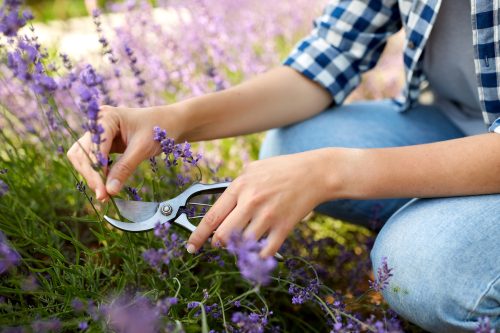
To maintain both the shape and health of your lavender plant, you’ll want to stay on top of pruning.
“In early spring or after the plant finishes flowering, trim back the foliage to promote bushier growth and prevent woody and leggy stems,” says Middleton. “Pruning also helps improve air circulation and prevent disease.”
6
Take caution in very cold temperatures.

“Lavender is a hardy plant and can tolerate cold temperatures, but extreme frost can damage the plant,” explains Middleton.
“If you live in a region with severe winters, consider planting cold-hardy varieties or providing winter protection, such as covering the plant with a layer of mulch or burlap,” she recommends.